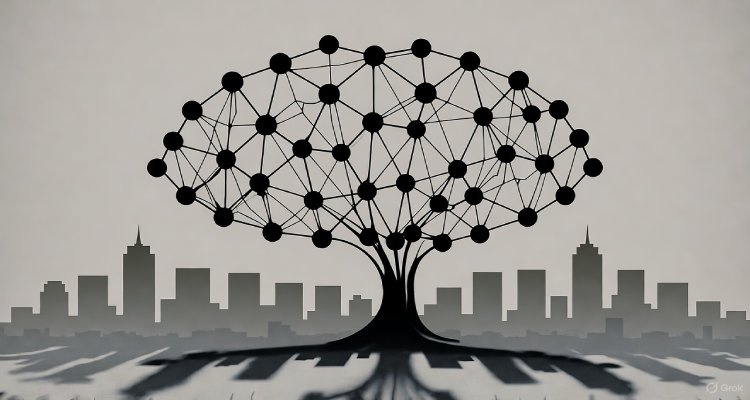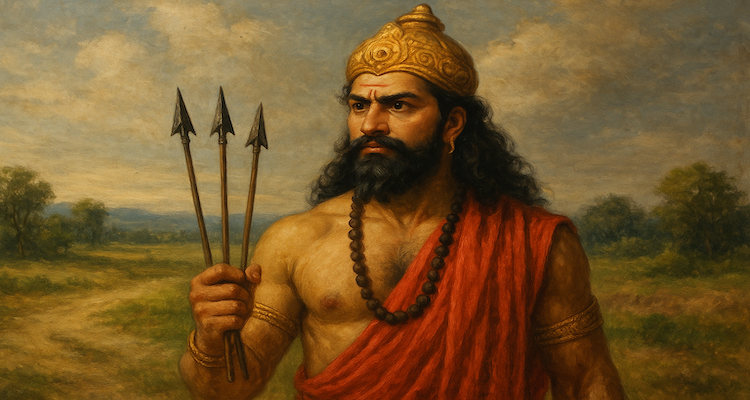The Silent Extinction of Traditions Nobody Cares About
As modernization accelerates, ancient customs, languages, and rituals are quietly vanishing. Explore why traditions are dying—and why few seem to care.
Introduction: The Vanishing Threads of Heritage
Across the world, ancient traditions—once the lifeblood of communities—are fading into silence. From the rhythmic chants of forgotten tribes to handwoven rituals that once marked the passage of life, culture itself is undergoing quiet erosion. The tragedy? Few even notice. In a world obsessed with innovation and convenience, the intangible legacies of our ancestors are vanishing—unrecorded, unremembered, and unlamented.
Context & Background: How Modernity Rewrites Heritage
Every generation reshapes the past to fit the present. But in the age of globalization, the reshaping has turned into replacement. Smartphones, fast fashion, and algorithm-driven entertainment now dictate identity faster than oral traditions or folk practices ever could.
Once, every village had a storyteller; every region, its own dialect; every festival, its own ritual. Today, the global culture’s homogenizing effect—what anthropologists call “cultural flattening”—has pushed local customs to the edge of extinction.
In India, the intricate “Rogan art” of Kutch barely survives in one family’s workshop. In Japan, the practice of Kintsugi—repairing pottery with gold—is now more a tourist attraction than a lived philosophy. And in Europe, traditional shepherding songs have fallen silent in mountain valleys where sheep are tracked by drones.
Main Developments: Technology, Globalization, and Indifference
Three powerful forces drive this extinction: technological convenience, global media culture, and economic migration.
- Technology replaced the need for manual storytelling and craftsmanship. AI can now compose folk tunes, but it cannot replicate the emotional lineage of a grandmother’s lullaby passed through generations.
- Globalization erased borders—but also identities. Youth in remote towns now consume the same social media trends as those in megacities, abandoning traditional wear, local cuisine, and dialects in pursuit of the universal “modern” aesthetic.
- Migration and urbanization broke intergenerational transmission. Rural youths seeking better jobs often leave behind their elders—keepers of rituals and local wisdom. When the elders die, so do centuries of unwritten knowledge.
According to UNESCO, more than 40% of the world’s 7,000 languages are at risk of disappearing within a century. Each lost language carries with it songs, folklore, and cultural memory—a unique worldview that can never be recovered.
Expert Insight & Public Reaction: Between Preservation and Progress
“Traditions don’t just die; they fade from neglect,” says Dr. Leena Kapoor, a cultural anthropologist at Delhi University. “We’re witnessing cultural extinction not because people reject traditions, but because they no longer have time for them.”
Her observation reflects a wider truth—people care about culture when it’s commodified. A handmade shawl or a folk performance draws interest when tagged as “heritage luxury.” Yet, the daily practice of such traditions—simple, slow, and personal—rarely survives the economic pressures of the modern world.
Public awareness is also skewed. On social media, nostalgia for “simpler times” trends easily, but few take tangible action to sustain the crafts, languages, or festivals that represent those times. The irony is sharp: we romanticize what we refuse to sustain.
Impact & Implications: A Cultural Vacuum in the Making
The disappearance of traditional practices isn’t just a sentimental loss—it’s a civilizational one. These customs carry sustainable wisdom, ecological balance, and moral continuity that modern systems struggle to replace.
For example:
- Ancient agricultural practices once relied on lunar cycles, ensuring soil health and biodiversity—knowledge now dismissed as “unscientific.”
- Indigenous weaving methods used local, biodegradable materials—now substituted by synthetic fabrics.
- Traditional festivals once reinforced community ties—today replaced by digital gatherings and influencer culture.
The long-term cost? A society increasingly rootless, standardized, and emotionally disconnected from its environment. Cultural extinction weakens resilience—the same resilience that allowed communities to survive famine, conflict, and climate shifts for centuries.
Reviving the Irreversible: Can Tradition Survive Modernity?
Preservation doesn’t mean resisting progress—it means integrating heritage into the future. Several organizations and individuals are leading this revival quietly:
- UNESCO’s Intangible Cultural Heritage initiative funds projects to document endangered rituals and dialects.
- Grassroots platforms like “Project Virasat” in India connect artisans to digital marketplaces.
- In Africa and Latin America, youth collectives are recording folk songs on digital archives, transforming oral heritage into accessible modern media.
Yet, these efforts fight an uphill battle. Without mainstream engagement and government support, they remain isolated islands in a sea of cultural amnesia.
Conclusion: When Silence Becomes Our Legacy
The extinction of traditions isn’t marked by explosions or headlines—it’s marked by silence. When the last storyteller forgets a song, when a child laughs at a ritual they don’t understand, when memory fades into convenience—that’s when extinction happens.
To care about tradition is to care about identity. Because when we lose the rituals that once defined us, we lose the map of who we are.
The question is no longer whether traditions will disappear—but whether anyone will care enough to notice when they do.
Disclaimer: This article is for informational and educational purposes only. It does not represent any organization’s official stance. All insights are based on cultural studies and verified expert opinions available in the public domain.










